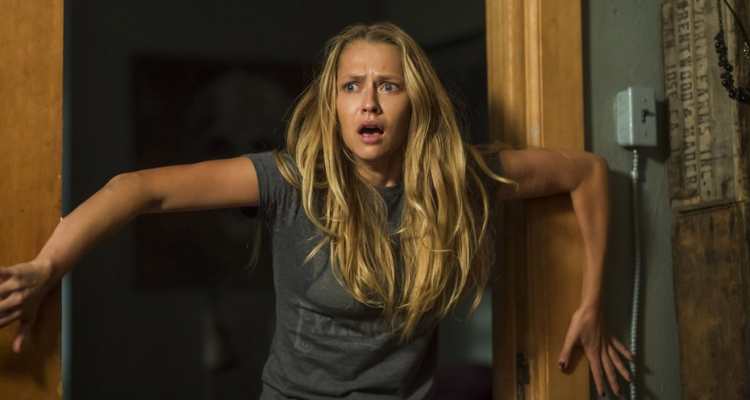To make a horror film truly scary, every ingredient that goes into a scene has to be measured perfectly in order to get the intended reaction from the audience.
In a video essay from Now You See It, we take a closer look at what constitutes effectiveness in the horror genre. Using a case study of David F. Sandberg‘s 2016 film “Lights Out” and comparing the full-length adaptation to its original short version from 2013, the subtle details are peeled back so we can see which is more effective.
READ MORE: The Invisible Details Of David Fincher’s Films
Timing is everything when it comes to horror. The longer suspense is drawn out, the more anxiety-ridden audiences become. John Carpenter masterfully did this in his execution of time and suspense in his 1978 horror classic, “Halloween.” While various, original stories have been explored in the horror genre, the form hasn’t necessarily changed, showing that timing and editing contribute a great deal to the terror we feel when watching a horror film.
The dominating point the video essay makes is how some of the most effective horror films take place in settings that are familiar and appear safe. “A Nightmare on Elm Street” and “Halloween” share this commonality, where evil pervades our safe havens. When we are at our most vulnerable, we are at our most likely to be horror-stricken. In the places we feel most safe, what happens when we become threatened?
What are some of the scariest movies you have seen? Let us know in the comments.

